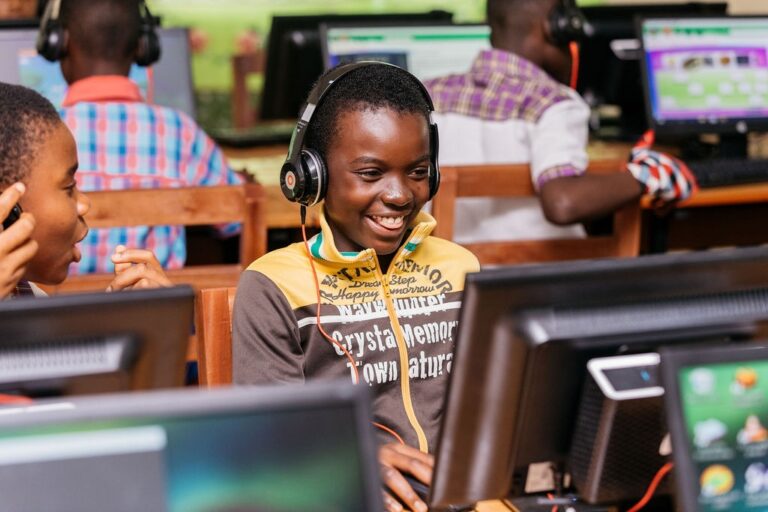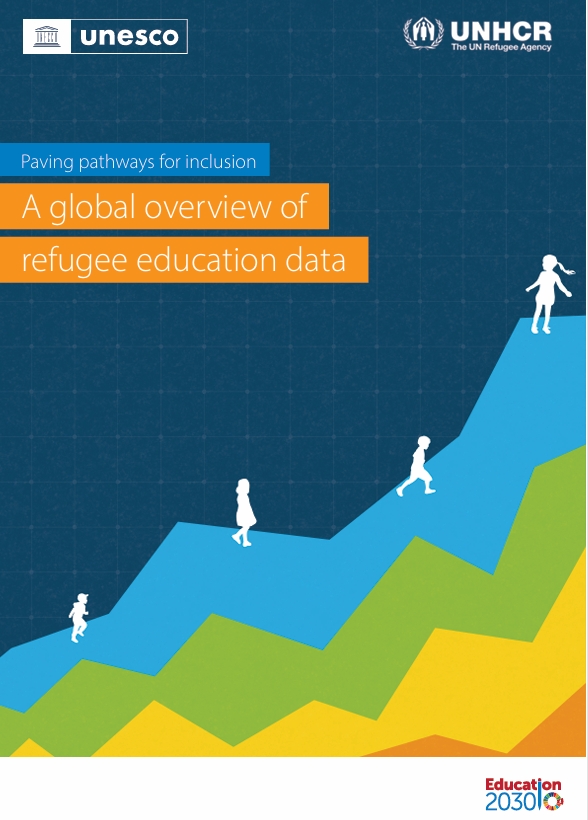Rebecca Collard in Beirut JANUARY 22, 2018
High, prolonged levels of stress can cause serious physical and behavioural problems.
Brothers Ahmed and Sami (not their real names) have their story all prepared. They spend their evenings telling it to strangers as they roam the streets of Beirut’s Mar Mikhael neighbourhood, known for its cafés, bars and restaurants.
“My name is Ahmed. I am from Syria. My brother and I painted these pictures,” says Ahmed, 11, dropping open the plastic sleeve, folded accordion-style, that holds postcard-sized artwork by him and Sami, 10. “Two dollars each,” he adds, grinning. Ahmed’s hair is neatly brushed to one side. He wears a smart shirt and jeans.
Every evening, at about 7 o’clock, the brothers set out to earn the money that supports their family — each boy makes about £15 a night.
The story they tell their potential customers leaves out the many traumatic details of their short lives. Their mother was killed in Aleppo in the violence that has consumed their country since 2011. The boys fled Syria with their father shortly after their mother’s death, seeking refuge in Lebanon. In Beirut they are safe from bombs and bullets but not from the trauma that has followed them from the war zone.
Sami pulls up a trouser leg and shows a wound on his ankle. He received it the week before as he was trying to sell artwork to diners on a nearby restaurant patio — “the waiter threw me off the terrace”.
Like most children who beg, work or sell things on the streets of Lebanon, the brothers have harrowing tales to tell. Sometimes other children hit them, and sometimes adults do. People call them names. Others steal their money.
“The stress doesn’t necessarily go away when they’ve got to safety,” says Sara Hommel, director of charity Save the Children’s Heart (Healing and Learning Through the Arts) programme.
Researchers and humanitarian workers are increasingly concerned about the impact such prolonged stress might be having on children, particularly those who have grown up in conflict zones such as Syria and Iraq. What is referred to as “toxic stress” is cumulative — the damaging effect of sustained, long-term psychological trauma on the body.
“When we experience stress, our bodies produce hormones to deal with that stress. That is a healthy, biological reaction,” says Jack P Shonkoff, director of the Center on the Developing Child at Harvard University. “But [the stress response] is not meant to be activated all the time,” he says. “It’s supposed to be active to deal with an acute threat and then go back to baseline.”
For children like Ahmed and Sami, those stress hormones might remain at elevated levels for months, even years at a time. This can physically disrupt brain circuits and other organs, having what Dr Shonkoff calls a “wear and tear effect on the body”.
Besides the brain, toxic stress can have a disruptive physical impact on the heart and immune system. It can be particularly detrimental to young children, whose brains and other organs are still developing. “There is an assumption that children who are really young don’t understand what’s going on,” says Dr Shonkoff. “They might not understand, but they do experience the stress . . . of displacement and violence.” Sami says he doesn’t remember the sound of bombs and gunfire, but Ahmed does.
For many children who have fled Syria and other conflicts in the region, the most damaging trauma may have happened while they were still babies. More than 4m children have been born since the start of the war in Syria — hundreds of thousands of them in exile. According to Unicef, the UN’s children’s agency, of the 6m Syrian children affected by the conflict, nearly 2.5m are outside the country. Most have lost a friend or relative and almost all are in need of humanitarian assistance.
Toxic stress has a range of symptoms. In the worst cases, children suffer physical health problems or show aggressive and violent behaviour. Many more, though, have their ability to learn affected in ways that are harder to perceive. “It means that children are unable to sit and participate in a structured lesson or activity,” says Ms Hommel. “They are unable to concentrate and therefore they are missing what’s going on. They aren’t learning the way less stressed children would be in that classroom.”
Concerns have been raised about the emergence of a so-called “lost generation” of Syrians. When the conflict does end, Syria will have to rehabilitate millions of children who have been out of school or traumatised by years of elevated stress.
Sami, however, has a plan for himself and his brother. “I want my own gallery,” he says. “I won’t go to the street and sell my paintings. They will come to me to buy them.”
Every Thursday, the boys attend a workshop hosted by the Makhzoumi Foundation (a non-profit body set up by Fouad Makhzoumi, the Lebanese pipeline-making billionaire) and supported by Unicef. The aim of the workshop is to create a safe space for children working on Lebanon’s streets. The group meets on a set of steps in the Mar Mikhael neighbourhood, close to where the brothers usually sell their artwork.
The children cut shapes out of paper and draw faces, as well as practising their Arabic characters and numbers. Many do not attend school and therefore lack literacy and numeracy skills. Still, Nadine Mussa, who co-ordinates the workshop, says its main objective is to let the children just be children for a few hours. “It’s to let the children play, enjoy, [interact] with other children,” she says. “And also to let them be on the street less.”
The workshop provides short respite from hawking postcards, flowers and sweets to drunken bar-goers. Most people are kind to the children, but not all, Ms Mussa says. “For sure, they are being exploited — by their caregivers or by other people. The kids don’t trust people, even their friends and relatives.”
Some children work for adults in small gangs, but many, like Sami and Ahmed, are sent on to the streets by their parents. Most Syrians are not permitted to work in Lebanon, which puts families in a tough position — either they put their children to work on the streets or they risk not being able to feed them.
Ms Hommel says Save the Children and other organisations have developed more programmes focused on psychosocial support for children affected by the conflict in Syria, especially now that much of the emergency response to the war is over. Aid money is limited, however, and more efforts of this kind are needed, she says.
As millions of Syrians poured out of the country, the priority was providing them with shelter, food and emergency medical assistance. “There is a hierarchy of response,” says Ms Hommel. But many children have now been living for years in traumatic environments. The risk is that, in some cases, the damage caused by toxic stress may be irreversible.
Dr Shonkoff says no human being should be written off. “But preventing stress is better than trying to fix things later,” he says. “We don’t need science to tell us that in threatening situations we need to cuddle children close to help them feel safe.”



![[Preliminary Report] CRNA Collaborative Research for Exploring Factors Nurturing"Happy and Resilient" Children among Asian Countries](https://equity-ed.net/wp-content/uploads/2024/09/1725672182698.jpg)


